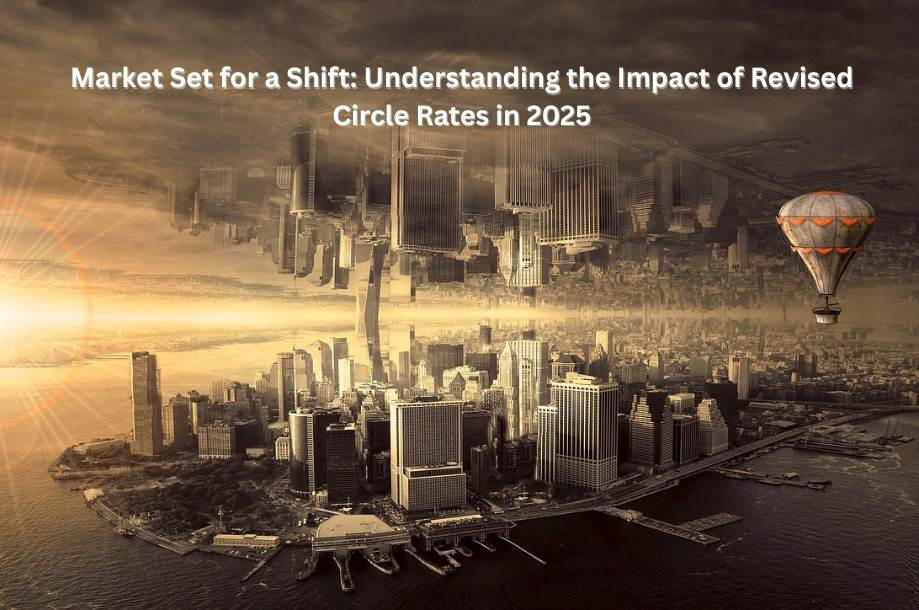
Market Set for a Shift: Understanding the Impact of Revised Circle Rates in 2025
Impact of Revised Circle Rates in 2025
The real estate market in India is on the brink of a significant transformation, with many states either proposing or implementing revisions in circle rates—the government-defined minimum value of property transactions. This shift has raised crucial questions about pricing, taxation, investment strategy, and long-term market stability.
In this blog, we will decode the concept of circle rates, why they matter, and how the upcoming changes are poised to reshape the market landscape.
What are Circle Rates?
Circle rates (also known as ready reckoner rates or guideline values) are the minimum property rates fixed by the government for specific areas. These rates determine the stamp duty and registration charges a buyer must pay during property transactions.
They vary depending on:
- Location (urban vs. rural)
- Property type (residential, commercial, industrial)
- Amenities and infrastructure in the area
Note: Circle rates are usually lower than actual market prices, but changes in them often ripple through the market.
Why Are Circle Rates Being Revised Now?
- Several state governments and urban development authorities have indicated a revision in circle rates to:
- Match market realities and curb underreporting of property values.
- Increase government revenue through higher stamp duties.
- Bring transparency to real estate transactions.
Examples of Circle Rate Hikes in 2025
- Gurgaon, Noida & Greater Noida have proposed hikes of 15–25%.
- Delhi is under review for area-wise rationalization.
- Mumbai and Pune already implemented new rates in early 2025.
How Will This Shift Impact the Market?
1. Increased Property Cost for Buyers
With higher circle rates, buyers will pay more in stamp duty and registration charges, even if the market price remains unchanged.
2. Reduced Gap Between Market and Official Prices
This reduces the opportunity for cash transactions or undervalued deals, promoting transparency and legal compliance.
3. Implications for Sellers
Sellers might witness better returns on properties if circle rates approach real market values, but may also face higher capital gains tax liabilities.
4. Impact on Loan Sanctioning
Banks consider circle rates while approving loans. Higher rates could increase the loan eligibility, especially in areas previously undervalued.
5. Investor Sentiment
Revised rates can attract institutional investors and NRIs, due to improved compliance, documentation, and pricing benchmarks.
What Should Buyers & Sellers Do?
Buyers
- Check the new circle rate applicable in your area.
- Recalculate stamp duty costs.
- Ensure full documentation to avoid legal complications.
Sellers
- Understand how revised rates affect capital gains.
- Work with a property advisor or CA to manage taxation.
- Be ready for valuation-based negotiations.
Conclusion
The revision in circle rates across India signals a more structured and transparent real estate market in 2025. While it might increase transaction costs in the short term, the long-term benefits include better valuation, reduced black money circulation, and a fairer ecosystem for all stakeholders.
As the market sets for a shift, both buyers and sellers need to adapt quickly, stay informed, and make well-advised decisions to benefit from this transition.











